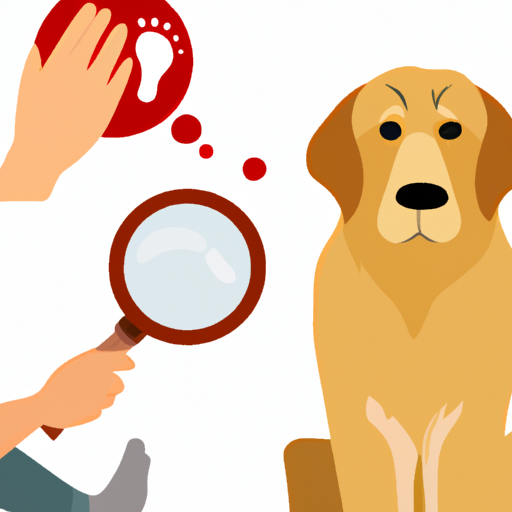Introduction
You have noticed that your dog’s paws are red, and it has left you worried and concerned. As a caregiver, you are always in tune with your pet’s needs, and this unusual change has caught your attention. Let’s delve into the reasons and guide you through this.
Possible Causes of Red Paws
-
Allergies: Your dog’s paws can turn red due to allergic reactions to certain foods, chemicals, or environmental factors.
-
Infections: Fungal or bacterial infections can cause inflammation and redness.
-
Injury: A physical injury, like a cut or scrape, can result in redness as the body works to heal it.
-
Parasites: Fleas, ticks, or mites can cause irritation leading to red paws.
Remember, it’s important to identify the cause accurately to ensure the right treatment.
Symptoms to Look Out For
In addition to redness, you may notice:
- Licking or chewing at the paws
- Swelling
- Limping
- Unusual odor
These symptoms can indicate that your dog is uncomfortable and needs medical attention.
How to Help Your Dog
If you notice these symptoms, here’s what you can do:
-
Keep the paws clean: Regular cleaning can help prevent infections.
-
Avoid allergens: If you suspect an allergic reaction, avoid potential allergens.
-
Use dog boots: These can protect the paws from injury or exposure to allergens.
-
Visit the vet: If the symptoms persist, consult your vet.
Possible Treatments
Your vet might suggest:
| Treatment | Purpose |
|---|---|
| Antibiotics | To treat bacterial infections |
| Antifungal medications | To treat fungal infections |
| Steroids | To reduce inflammation |
| Hypoallergenic diet | If food allergies are suspected |
Frequently Asked Questions
Q: How long will it take for my dog’s paws to heal?
A: Depending on the cause, it could take a few days to a few weeks.
Q: Can I use human medication on my dog’s paws?
A: No, always consult with your vet before applying any medication.
Q: How can I prevent red paws in the future?
A: Regular paw checks, keeping them clean, and using dog boots can help prevent many issues.
Seeing your dog in discomfort can be unsettling. But remember, with proper care and attention, your furry friend will be back on their paws in no time.



